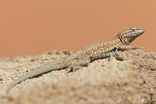| Kyla - "I really enjoyed surveying sights in Bailey County, Texas. Here we encountered our first Ornate Box Turtles! Danny found a very small juvenile and Carissa found two adults. On our last survey site, I spotted a large female Texas Horned Lizard in the tall grass. Surveying in Yoakum County provided us an exercise in patience. The landscape was characterized by dense scrub oak which made it difficult to spot reptiles. However, it was almost a guarantee to see Lesser Earless Lizards in most open patches we came across. Getting successful voucher photos of these speedy lizards was another story! Due to severe storms to the east, we returned to Randall County to complete a survey that we didn't have time for previously. This change of plans worked out well for us, as we got another up-close sighting of a Coachwhip crossing a road! In addition to the Coachwhip, we spotted more Common Checkered Whiptails, Eastern Collared Lizards, Prairie Lizards, and a ~3-foot long Western Diamond-backed Rattlesnake." | Carissa - "Danny, Kyla, and I continued to survey sites in western Texas this past week. I found a Many-Lined Skink and two adult male Ornate Box Turtles in Bailey County. Both turtles exhibited striking red eyes and bright orange scales on their front legs, earning them a new spot among my favorite Great Plains reptiles! In Yoakum County I spotted Lesser Earless Lizards and a Six-Lined Racerunner flitting below thick scrub oak. I also encountered a group of inquisitive Mule Deer that posed elegantly for a few photos. We then returned to Randall County after severe thunderstorms steered us away from our survey sites in the eastern part of the Texas Panhandle." |
|
Week 3 found the crew continuing training and sampling in west Texas. Due to severe weather we were largely restricted to sampling on the west side of the Panhandle. The crew split up more for independent surveys this week as Kyla & Carissa became more familiar with survey protocols. We continued to survey some caprock canyonlands and shortgrass prairie as in Week 2, and got into some sand dunes with Shinnery Oak. Week 4 will be short for crew Biologists after 12 days in the field, with a few days out on Pawnee National Grassland in northeastern Colorado. Danny will be preparing for the rest of the field crew who begin work in Week 5, and catching up on the backlog of volunteer registrations the coming weekend! After spending week 1 of the 2015 field season in the office completing trainings, crew Biologists Carissa and Kyla headed to Texas with Danny for their first few weeks of field training and sampling. We wanted to get to the southern plains earlier this year to improve our chances of seeing species that may be more diurnally active early in the season. During the first week, the crew surveyed public lands in the Panhandle including Rita Blanca National Grassland, Palo Duro Canyon State Park, and Caprock Canyon State Park. Kyla - "The first week in the field proved to be an exciting one! We saw a lot of Common Checkered Whiptails darting about and colorful Eastern Collared Lizards basking in the sun in Palo Duro Canyon. Being a native to California, I got to see a plethora of species from the Great Plains that I've only seen in photos. My two favorite encounters this past week include seeing Texas Horned Lizards and both Western Diamondback and Prairie Rattlesnakes. I also can’t forget to include some of the iconic non-reptile species of the Great Plains such as Bison and Pronghorn." Carissa - "This week was my second on the job and my first in the field. Danny, Kyla, and I have been surveying sites in the great state of Texas. I saw my first Lesser Earless Lizards on Rita Blanca National Grassland, and the iconic Texas Horned Lizard! Next we surveyed the beautiful Palo Duro Canyon State Park, where we documented Eastern Collared Lizards, Common Side-blotched Lizards, Common Checkered Whiptails, Common Spotted Whiptails, and Prairie Lizards. At Buffalo Lake National Wildlife Refuge I saw my first Six-lined Racerunner (see photos below), who was hiding under a sheet of metal that Danny carefully lifted with his field hook. Just before leaving the Refuge we saw a Bullsnake, and just after leaving we spotted a hefty Great Plains Ratsnake; both had ventured onto the road to soak up heat from the asphalt as evening approached. Last but not least, we ventured into magnificent Caprock Canyon State Park where we encountered Greater Earless Lizards, Side-blotched Lizards, Six-lined Racerunners, Texas Horned Lizards, and the first Western Diamondback Rattlesnakes I’ve seen in the wild!" We are happy to announce that our 2015 field crew is in queue to begin the season! Field work by CSU Biologists will being the week of 20 April, with Technicians joining the week of 18 May. We're excited to begin our 3rd season of sampling in the Great Plains, and looking forward to meeting new volunteers and land owners, and seeing familiar faces from the past few seasons! If you are interested in volunteering and have yet to sign up, please read through the materials and register here.
We're in the process of selecting our 2015 field crew! So far we have Jake Milford returning for another season with the project, and we're excited about the number of other high-quality applicants this year... it will be a difficult decision. It is inspiring to see the number of early professionals who are interested in reptile conservation!! Please check the "About" page in the coming weeks to see the announcement of the rest of the crew for the upcoming field season.
We're excited to get outside soon, and hope that volunteers are already thinking about getting out as they have time in the coming weeks! If you haven't registered as a volunteer yet, please consider this - you can find more information here.
We're currently looking for 4 people who are highly motivated and interested in serving on our 2015 field crew! If you are interested, please see the full announcement and details here. Questions can be directed to: [email protected]
Those who are interested and able to volunteer as observers for the project are encouraged to read more about requirements, and complete the registration here. Thanks so much for considering spending your valuable time to help this project and improve what understand about reptile populations in the Great Plains! This is the CSU crew's last week of field work for the year, as most reptiles have entered hibernation in the central Great Plains. Volunteers should consider getting out on warm days when nighttime temperatures are >50 F, you may still see species including Short-horned Lizards, Prairie Rattlesnakes, and several gartersnake species that are more cold-tolerant. Thanks much to Beth, Celina, Devin & Jake for all of their hard work this summer! Thanks also to all the Biologists and Citizen Scientists who were able to provide data for the project this season!! We will be focusing on the volunteer effort in 2015, so those of you who are interested in getting out next year please be sure to sign up here soon so we can get you protocols and site assignments before then. If you're interested in hearing more about the project, particularly related to how to volunteer next year and what volunteer protocols entail, Danny will be presenting at the upcoming Kansas Herpetological Society meeting in Manhattan, Kansas, in early November 2014, and likely at the Colorado Partners in Amphibian & Reptile Conservation (CO PARC) meeting in Greeley, Colorado in early 2015 (check here for updates as they become available).
Cool weather this week meant the crew was in the office getting caught up on data entry. Celina, Devin and Beth all pitched in and completed entering the remainder of our 2013 and 2014 field data! They also started matching up their voucher photos with field data, while Danny started updating the complete database and correcting errors. While this is not as pleasant as field work, it is a critical and necessary step to ensuring data analyses go more smoothly in the future! It was impressive to plot (on a map) all of our locations from sampling this summer, since we sampled in parts of 7 states this year compared with just 2 states in 2013! We're looking forward to getting more volunteers out there in 2015 to improve our spatial and temporal coverage of sampling.
Danny - "I'm always excited to get back to the state I grew up in, and Kansas provided great weather and opportunities to see reptiles this week. We detected 3 'new' species for the project on this trip - Massasauga, Eastern Hog-nosed Snake, and Diamond-backed Watersnake. We also documented a small range extension and new county record for Speckled Kingsnake!" Celina - "There are several species that we still haven't detected for the project, this week I considered myself incredibly lucky to detect a neonate Massasauga in a bison wallow while on a survey! This small rattlesnake species has eluded us despite having several sites where the folks who manage and work the area say (and have shown us photos!) Massasaugas are there - we were in luck this trip and detected a total of 9 individuals, ranging from neonates to large adults." Devin - "This week, Beth and I surveyed some new areas in Wyoming and western Nebraska. A few days before the start of our surveys, this area experienced a bout of cold weather and even a brief flurry of snow! We were therefore not anticipating to see much herp activity, believing the majority of reptiles would be beginning to hibernate at that point. We were pleasantly surprised when our surveys yielded a decent number of snakes! We found the sheds of a few different species, and I also found two Prairie Rattlesnakes, a Common Gartersnake, and a Racer!" Beth - "Surveying in more aquatic and marshy habitat types this week resulted in the observation of a new species. Colder weather in Wyoming the week before meant we saw mostly snakes - Devin and I spotted a Common Gartersnake in the road. This specimen was probably the largest Gartersnake I have ever come across. Unfortunately, it was dead. I did make an exciting observation this week in Fort Collins over the weekend (on a day off)! In one of the city parks, a snake as small as worm slithered from the grass onto a concrete pathway when I walked by. It curled up and I got a look at the maroon and grey saddles that ran down its back. I remembered that some species have a pattern when they are younger and it becomes less distinct as they age and this was the case for the small North American Racer at my feet. Without a GPS that Saturday, I used the Great Plains Reptile Monitoring mobile app on my phone to document it."
Beth - "Throughout the course of the summer we have seen a few crickets skewered on the prongs of barbed wire fences and recognized them as the work of a shrike. Before surveying some of our sites this week, we heard from landowners that Lesser Earless and Fence Lizards were being pierced on the barbed wire. I kept this in mind while we looked for what reptiles we could find in the cool weather. Then, as Devin and I were traveling from one site to another, I hopped out of our truck to open a gate. Next to the gate entrance was the head and neck of a small snake. Thoroughly confused, I waved for Devin to come take a look and he was just as surprised to see the head of this little snake on a gate we had gone through earlier not more than a few hours previously. Devin turned around and looked at the rest of the gate only to find the rest of the slim body stuck to another barb (see photos above). Remembering what we had heard about the lizards earlier, we concluded it must have been the work of a shrike. It took us a few minutes and some paging through a field guide to finally agree that the little snake was actually a juvenile Coachwhip (neither of us had ever seen the juvenile patterning of a Coachwhip). Often making appearances for split seconds on the road, we usually only see Coachwhips as adults so it was fascinating to see a juvenile stuck by a shrike on that gate!"
The remaining crew spent the week in Fremont and Pueblo Counties, Colorado, during what is likely to be one of the last weeks some of the real heat-loving reptile species are active before entering hibernation. We expect to continue to see species including Prairie Rattlesnakes and Short-horned Lizards for at least 3 or 4 more weeks, but the prediction is that this winter is supposed to arrive early and temperatures are predicted to be much colder this year relative to last year...
We're already receiving some cool weather, along with more rain in Colorado. It was a short week in the field for Celina & Beth, with Devin helping with data management/wrangling in the office and Jake helping as time permitted between classes. We're hearing forecasts for an early and cold winter, so for those volunteers who haven't gotten out yet, the coming weeks may be your best bet in the central Great Plains! Those in the southern plains may have a bit longer season!
After a break following the trip to the southern Great Plains, this week found Beth & Devin surveying some new sites in east-central Colorado and Celina, Jake, and Danny surveying private ranches in southeastern Colorado. With the help of one of our project's volunteers, Ben Fisher, we were able to document the 3rd known occurrence of the Round-tailed Horned Lizard from Las Animas County, Colorado! This was the last week of field work for Jake as he heads back to classes at Colorado State University next week. Devin will largely be helping Danny with data management over the coming weeks while Beth & Celina wrap up the field season into October.
This was the crews' second week this August spent in the southern Great Plains of Oklahoma, Texas, and New Mexico. The weather held out for most of the trip, and we documented many of the diurnal species found in the region.
Beth - "On the last day of this past week, Danny, Jake, and I were surveying among the red rocks and stunning scenery of the Black Mesa ecoregion. On the way to our plot, I stopped Jake in our tracks for one tiny little snake basking on the trail. He identified it right away as a Lined Snake. It was doubled over like a hairpin, relaxed in the sun. We took some photos of its striped dorsum and realized that even though this is not necessarily an uncommon species, it was the first we had seen all summer!"
This week found Celina & Devin surveying in eastern Colorado before heading south to sample in Texas and New Mexico. Beth & Jake left earlier for surveys in Texas before meeting up late in the week with Danny in south-central Oklahoma.
Beth - "After not seeing as many reptiles out in the field for the past few weeks, it was a pleasant surprise to see four snakes on one road in about 20 minutes. Even better, one of those was a Plains Hog-nosed Snake. This Plains Hog-nosed Snake was the first live specimen I've seen. It curled into its notorious defensive posture, tucking it's head beneath its coils and piling it's tail atop its body like a deceitful hat."
We're all looking forward to increased reptile activity in August! Hatchlings and neonates of many species will be coming out over the coming weeks, which means many more individuals available for observation! Adults of many species will become less active towards the end of August and into September, prior to entering hibernation this autumn. If you're interested in volunteering, August is a great time to get started! Please consider registering as a volunteer and submitting opportunistic observations with the mobile phone app, even if you don't have time to get out for formal surveys this season.
This week finds Beth & Jake headed to Texas, Oklahoma and New Mexico for the coming weeks. Danny is burning the candle at both ends to get out volunteer protocols to newly-enrolled volunteers prior to heading south later in the week to survey some newly-accessed sites in Oklahoma and New Mexico. Celina and Devin will be surveying in Colorado this week and expect to see hatchling and neonate lizards out this week! They will then be surveying some sites in the western Panhandle of Texas and in New Mexico. This week saw the crews largely stuck in the office due to rain and cool temperatures in Colorado. The crew caught us up on data entry/management for 2014, and worked on some additional materials for volunteers. Danny spent Tuesday out in the field training another Biologist for Colorado Parks & Wildlife, before the rain hit! With the weather cooling quickly before the storm, we felt lucky to see a male Lesser Earless Lizard (voucher photo below)!
This week saw the Reptile Monitoring Crews in Kansas, Oklahoma, and Colorado. Danny & Beth took a quick 2-day jaunt into Oklahoma to survey some newly-accessed land with one of the project volunteers, then looped through Kansas the remainder of the week. Celina & Devin also surveyed in Oklahoma for a few days prior to heading to two National Historic Sites the project recently gained access to in Colorado.
This week has crews surveying mostly new sites in Oklahoma, Kansas, and Colorado. With Jake off much of the week, Danny & Beth are heading to Kansas after a quick jaunt to the Oklahoma Panhandle. Celina & Devin will survey in Oklahoma for a day or so before heading to 2 new sites on National Historic Sites managed by the National Park Service in southeastern Colorado. It should be a warmer week
This week, the Crew Leaders combined their efforts to survey sites in southeastern Colorado. Unusual July weather in Colorado continued this week, with cool temperatures accompanying the more typical afternoon rain showers. Devin helped manage the increasingly large data set for several days in the office, then ground-truthed some survey routes for the North American Amphibian Monitoring Program as a professional development activity at the end of the week. Danny spent the week working to gain additional public lands access for the project, including properties in Colorado, New Mexico, Kansas, Oklahoma, and Wyoming. He also prepped materials to send out to registered volunteers in the coming week. *We'll post photos next week, but in the mean-time... from the Field Crew:
|
Archives
May 2015
CSU Reptile Monitoring ProjectWeekly observations & comments from the field crew and volunteers! |
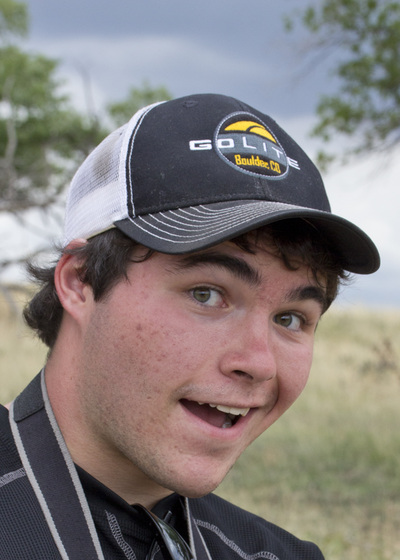

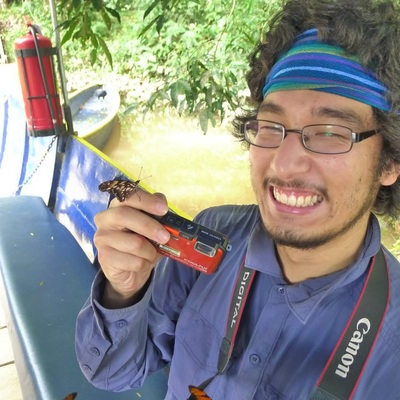

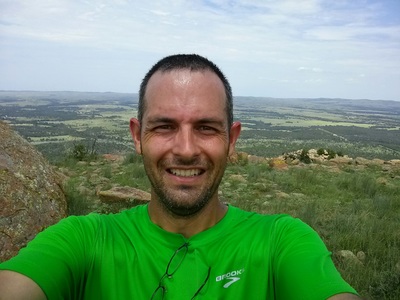
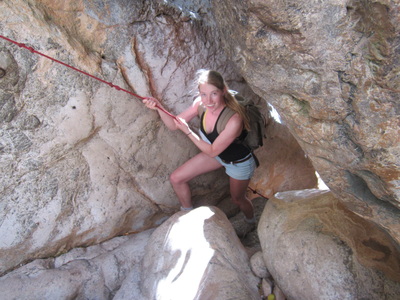

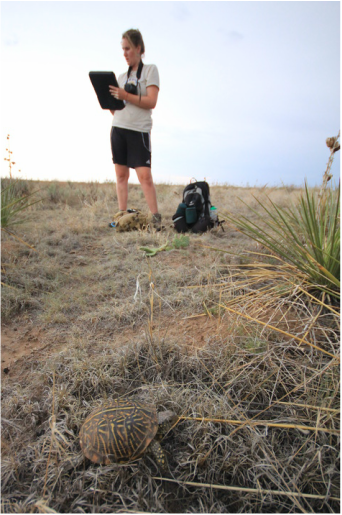
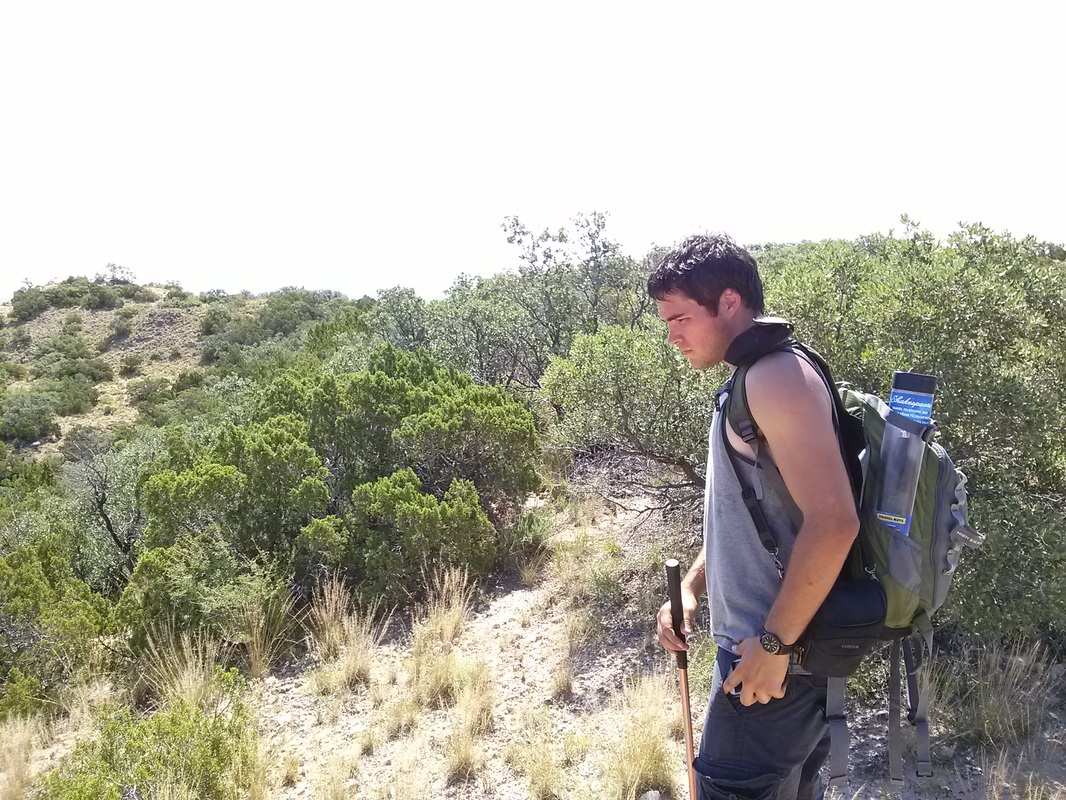
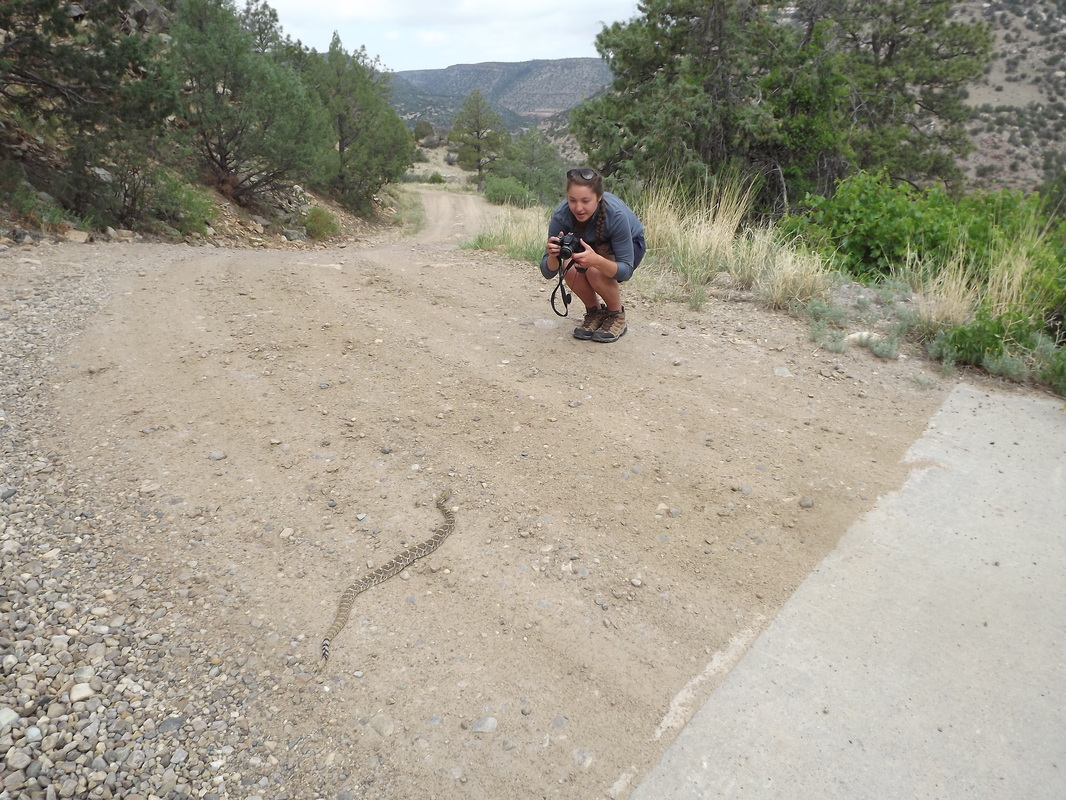
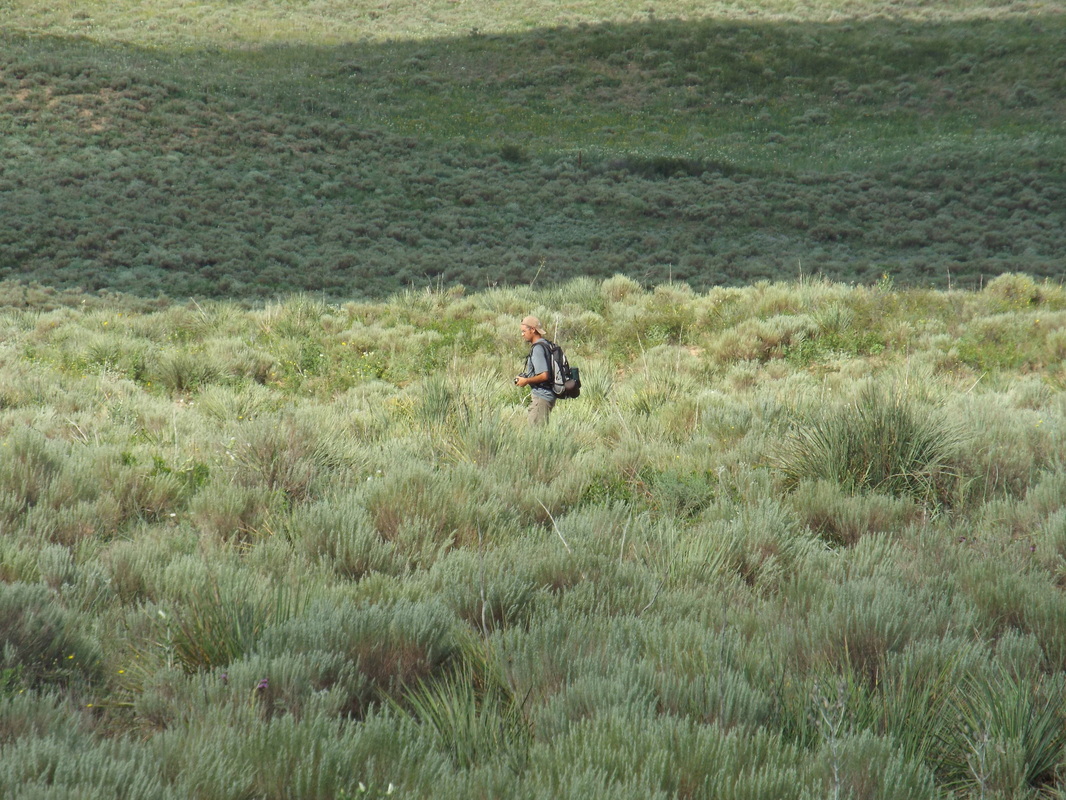
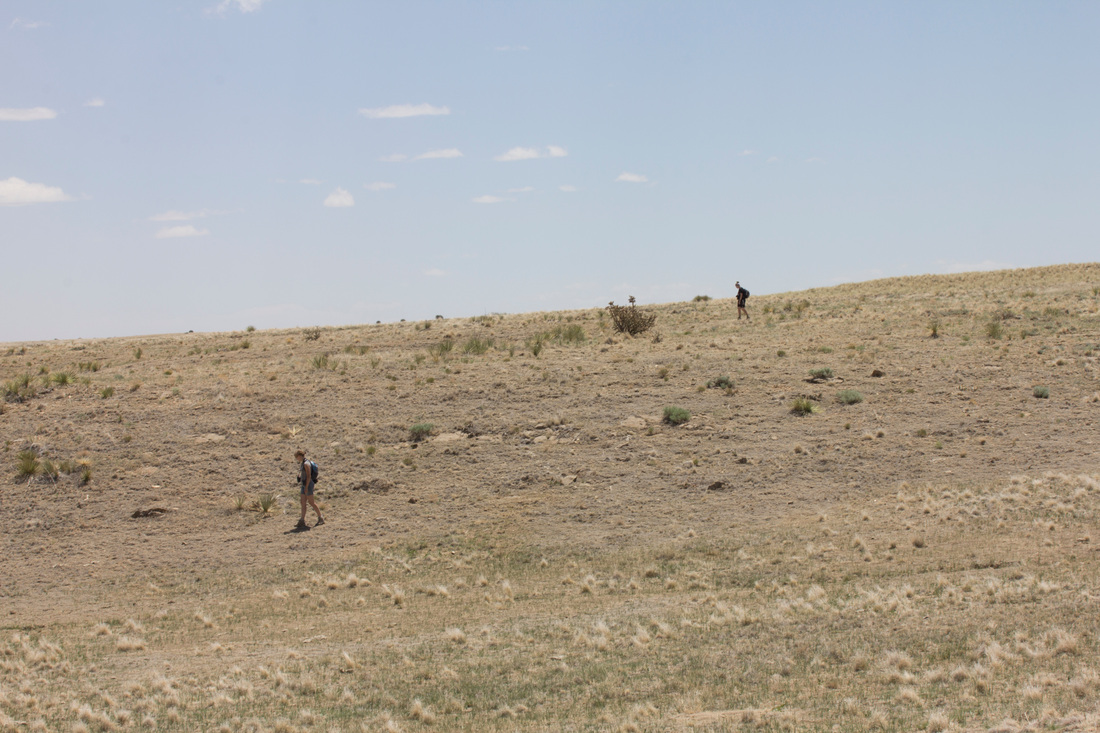

 RSS Feed
RSS Feed
